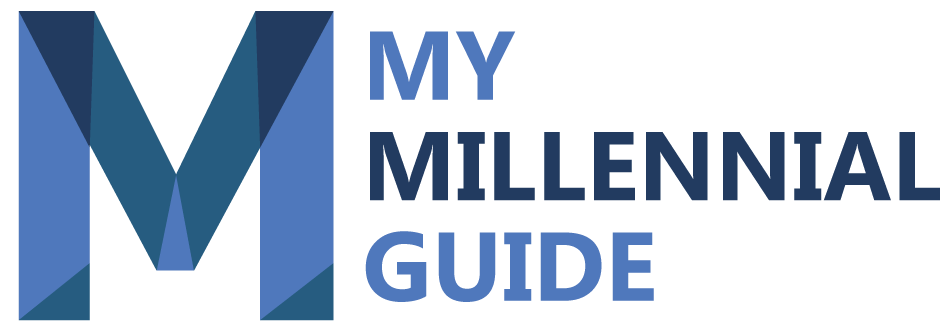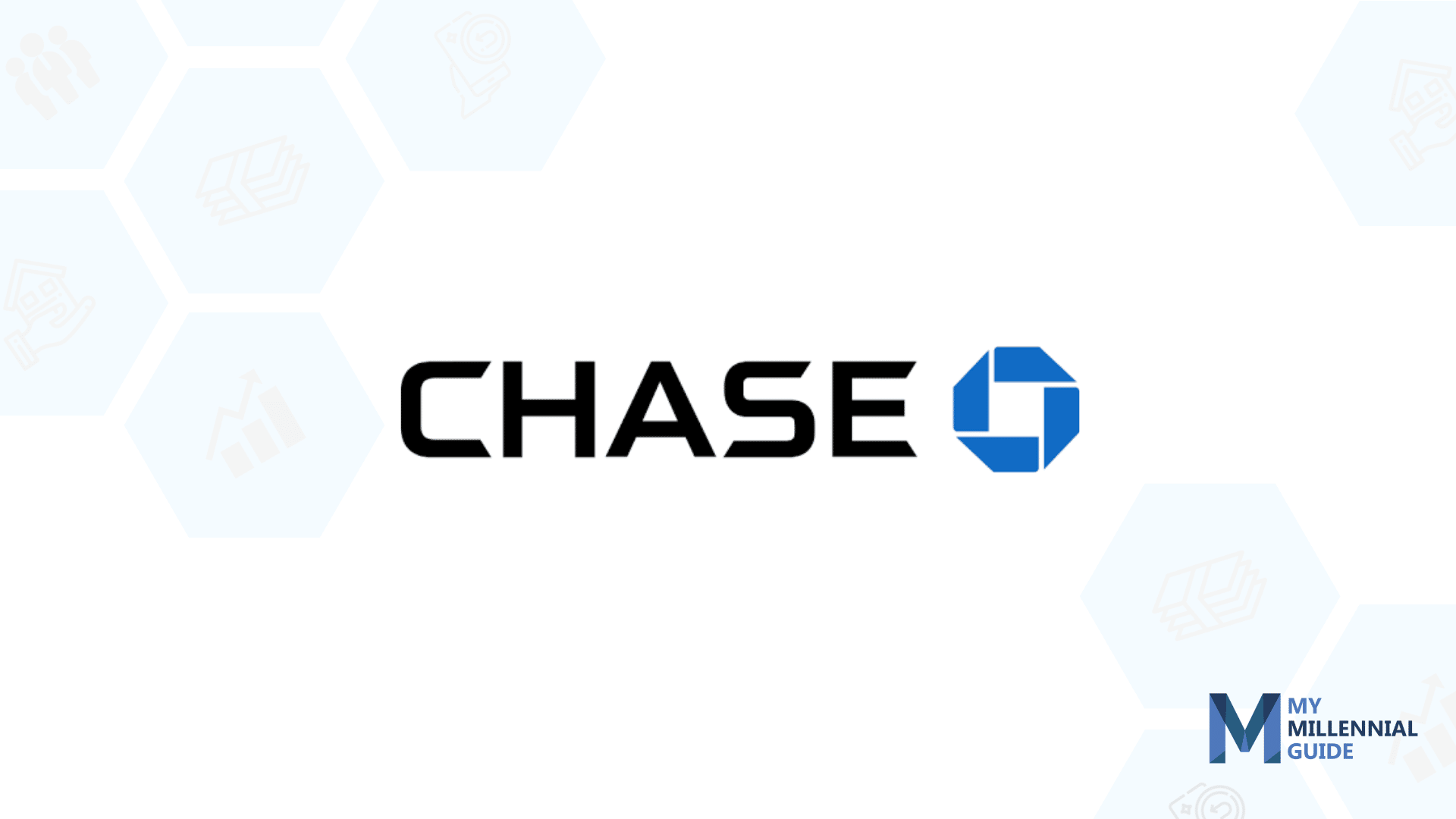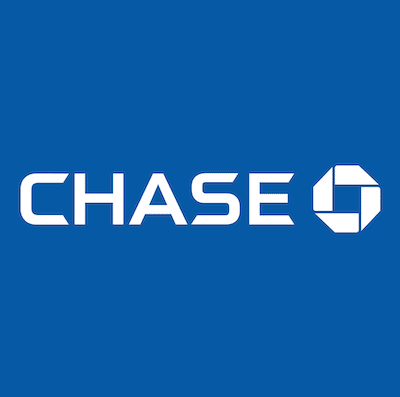In the better half of 2022, banks made a combined $5.8 billion in overdraft fees. Charging you and me for spending more than we have in our checking account is apparently very profitable!
Most banks ding customers with an overdraft fee of between $30 and $36 for each overdraft charge. While they limit those overdraft charges daily, the cost of overdrafting your account can add up quickly.
Some banks like Capital One and Citibank recently did away with overdraft fees. Chase, however, loosened its limits and fees to give customers more breathing room when it comes to overdrafting their accounts.
If you have a Chase bank account and aren’t sure what your overdraft limits and fees are, you could be wasting money when you don’t need to. The more you know about what limits and fees are in place, the better you can manage your money.
This article will help you understand what Chase overdraft limits and fees exist, no matter what type of Chase account you have. We’ll also cover how you can avoid overdraft fees in general to keep more money in your bank account.
Are you ready to learn more about Chase overdraft limits and fees? Let’s get started!
Chase Overdraft Policy
Chase is one of the best national banks you can bank with for your personal and business needs.
From free business checking accounts to offering two of the best credit cards for 18-year-olds, Chase gives its customers plenty to work with when it comes to managing finances.
You might be asking yourself, “What is an overdraft fee?” Simply put, these fees are the penalty you pay for exceeding your available balance.
Whether you choose Chase College CheckingSM, Chase Total Checking® Checking, or any one of the many other available Chase accounts, overdraft protection is an optional service.
You will have to opt in to have access to these overdraft services, but they are free to use.
- Access 15,000+ fee-free ATMs and 4,700 branches
- Earn a $300 bonus with qualifying direct deposits
- Easy mobile banking with secure online access
- Free debit card with contactless payments
- Get paid up to 2 days early with direct deposit
When you choose to opt in for overdraft protection, Chase will link your checking and savings accounts. Should you end up with a pending transaction that will put your account into the negative, Chase will automatically cover the difference with funds from your savings account.
Other banks charge a transfer fee for this service, but Chase does not. However, if you do not have sufficient funds in your savings account to cover the overdraft, you cannot escape the overdraft fee.
Chase makes it a bit cryptic to figure out when you were charged an overdraft fee. You’ll see a memo entitled “TOT ODP CR SWP MEMO” or “TOT ODP DR SWP MEMO” on the charges list for your account if you were charged for an overdraft.
If you do not opt in for Chase’s overdraft protection, Chase will automatically reject transactions that exceed your available balance. You will not be charged overdraft fees.
Chase has the authority to grant or reject overdraft charges at will. Prior approval of a transaction does not mean the same transaction will be approved in the future.
Open a Chase College Checking℠ account to earn a $100 bonus. To qualify for this promotion, you’ll need to make at least 10 transactions within the first 60 days between debit card transactions. You’ll receive your bonus within 15 business days.
What Overdrafts Does Chase Allow
If you need cash now and want to know what charges Chase will let go through if you need to overdraft, knowing what limits exist can help guide your decision. Here’s a quick list of the overdraft charges Chase will potentially allow:
- Personal checks
- Automatic payments made with your checking account
- Recurring debit card purchases
- Transactions initiated with your checking account number
Chase representatives probably won’t be the most forthcoming when it comes to telling you what overdrafts the bank will allow. Not only are these representatives not in a position to approve or reject any overdrafts you may incur but they also may not tell you if you’re not already a customer.
Chase may decide to pay overdraft transactions based on your previous deposits, transaction amounts, and account history. If you’ve never had an overdraft before and your account is in good standing, you’re more likely to receive the benefit of the doubt with Chase.
Chase allows overdrafts (at its discretion) for all accounts except for Chase First Checking, Chase Secure Checking, and Chase High School Checking accounts. Keep this in mind if you plan on opening an account with Chase.
Chase Overdraft Limits and Fees
Chase is known for having one of the best banking apps and offering some of the best business credit cards. If you haven’t already opened an account, check out these Chase bank promotions we highlighted in a recent article.
If it’s overdraft fees you’re worried about, Chase lays out its policy clearly. Each overdraft transaction incurs a $34 fee, with up to three separate overdraft charges allowed per day.
Chase’s insufficient funds fee is $34 as well. However, you’re only limited to one of these transactions per day.
If you need to overdraft your account, withdrawing or charging slightly more than the amount you need can help you avoid a second overdraft charge. However, you will need to balance withdrawing large amounts and the ability to pay back that balance to bring your account into good (positive) standing.
Should you overdraw your account by $5 or less, Chase does not charge an overdraft fee. Though you don’t owe the bank an extra $34, you still need to bring your account back above $0.
The consequences of not paying back your overdrawn account balance can be serious. If you hold a negative balance for over 60 days, Chase will close your account.
In addition to your payments due being referred to a collections agency, Chase will also report your behavior to the three credit bureaus as well as Chex System. If you have a black mark against you in Chex System, it can be even more difficult to obtain another checking account.
Chase ATM Overdraft Limits
It is not possible to overdraft your account by withdrawing money from a Chase ATM. However, if you opted into Chase overdraft protection, linked your savings account, and have funds in your savings account to cover the balance you requested at an ATM, Chase may grant your request.
The catch with withdrawing from your savings account to cover your ATM balance is that Chase limits your savings withdrawals to six per month. If you exceed this amount, even if you don’t overdraft your account, you will pay a $5 fee for each transfer.
Requesting funds that exceed your available balance via an ATM will not automatically incur an overdraft fee. Instead, Chase will simply reject your request, even if you have overdraft protection.
How to Waive Chase Overdraft Fees
There are a few different ways you can waive Chase’s overdraft fees. It’s all a matter of how much you overdraw your account as well as how quickly you repay your overdrawn balance.
If your overdraft charge totals $5 or less, you can avoid an overdraft fee. Chase gives you this leeway to make it easier to recover from hyper-extending your checking account.
Chase also offers a 24-hour grace period that allows you to fix your overdraft, known as Chase Overdraft Assist. If you overdrew by mistake or just needed that extra time to make ends meet, Chase gives you the benefit of the doubt without charging you the overdraft fee.
Chase Overdraft Assist
Understanding Chase Overdraft Assist works best with an example. Let’s say that on Thursday you overdraw your account by $125.
If you want to avoid Chase’s overdraft fee, you’ll need to bring that overdrawn balance to less than $50 overdrawn. With a $75 payment, you can bring your balance back into safe territory for the moment.
You can make payments by visiting a local branch, depositing funds into an ATM, or using the Chase Mobile app. If you need to visit a local branch, be sure to do so before closing time.
The key is paying that $75 balance by 11 p.m. EST Friday night. If you miss this deadline, you’ll pay the $34 overdraft fee.
Recently, Chase did away with their returned item fee. You can also open a Chase Private Client account to avoid overdraft fees since they are waived.
The Chase Sapphire Checking account also waives overdraft fees if you have no more than a few instances of overdrafts per year. This safety net can help you better manage overdrafts if they do occur so you’re not adding more to your debt.
How to Avoid Overdraft Fees
Avoiding overdraft fees can help you keep more of the money you need. In addition to opting for overdraft protection, here are a few ways you can avoid overdraft fees in general:
- Set up an emergency fund. Having a few hundred dollars saved up for a rainy day can help you out in times when you don’t have enough funds in your checking account. This fund can also help you avoid costly overdraft fees.
- Utilize your account alerts. Chase lets you set up push, email, and text notifications for many things, including low balances. Visit the Chase website or open the mobile app to set up the notifications that will work best for you.
- Borrow up to $500 with Dave. Cash advance apps like Dave let you borrow money with no interest and no credit checks. Subscribe to Dave for $1 a month to borrow up to $500 when you need it most.
Many people wait until crunch time to come up with a plan in case they need to overdraft their accounts. The best way to avoid paying overdraft fees is to be proactive in planning out what resources you have and how you can use them.
While you’re more prone to overdrafting your account if your balance is low, it’s always a good idea to have an idea of what’s available to you. Even if you have thousands of dollars in your account, you never know when an overdraft can sneak up on you.
FAQs
Chase will let you overdraft recurring debit charges, personal checks, automatic payments made with your checking account, and transactions you initiate with your checking account number. However, these transactions are all subject to approval at Chase’s discretion.
Yes, Chase offers overdraft protection, though you’ll have to opt in to receive coverage. If you don’t opt in to optional overdraft protection, Chase will reject the transactions that overdraft your account.
Chase charges $34 for overdraft transactions. You can be charged up to three times per day for overdraft transactions, for a limit of $102 per day.
No, you cannot overdraft your Chase account at an ATM. Chase will automatically reject your request, even if you have overdraft protection. However, there are some ATMS that let you overdraft.
Not all banks charge overdraft fees, depending on the situation. For example, Capital One and Citibank do not charge overdraft fees, though you can still incur overdraft fees in certain situations.
Know Your Chase Overdraft Limits and Fees
Part of researching and understanding your checking account is knowing what limits and fees exist. If you were curious about what Chase limits and fees you might be liable for, we hope this article has helped to clarify those details.
Many banks put overdraft fees and limits in place to deter customers from spending more than they have. At the same time, life doesn’t always work out so overdrafts can be a way to make ends meet.
The important thing to remember is that you can take steps to avoid overdrafts altogether. When you become more financially responsible, the money goals you’ve been working towards will become easier to achieve.
At the end of the day, it takes both successes and failures to learn how to better manage your money. With your new knowledge about Chase overdraft limits and fees, you’ll have one more tool in your arsenal.










